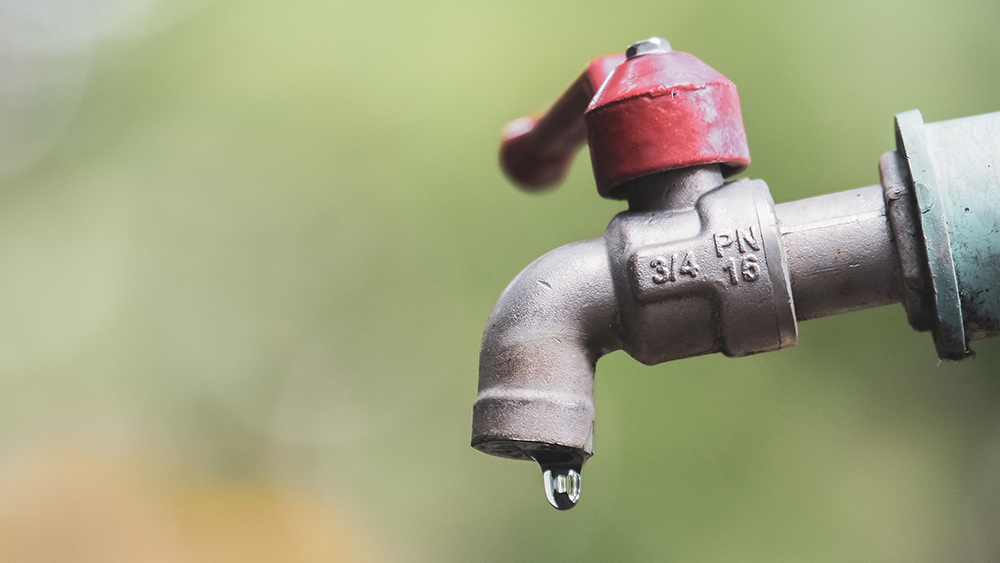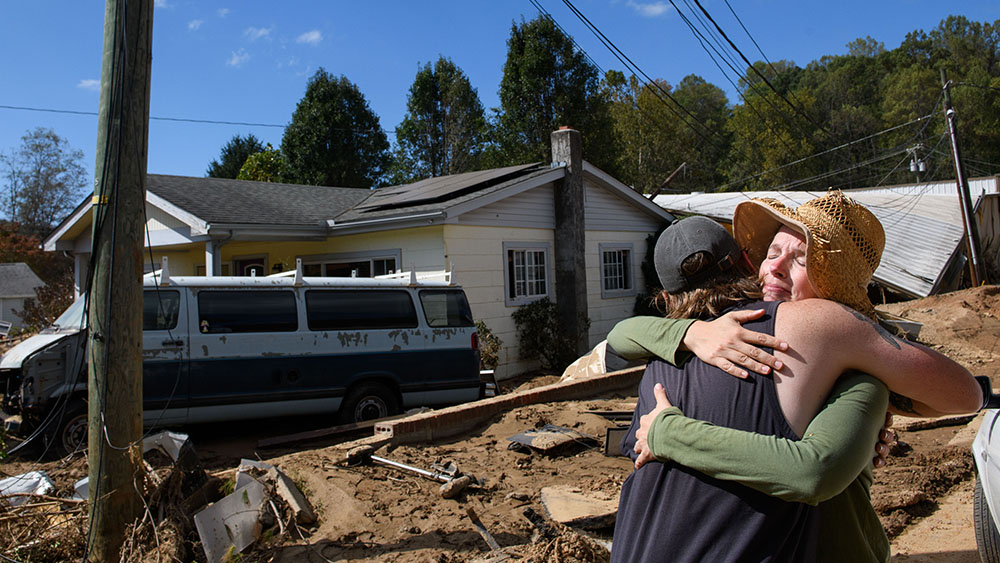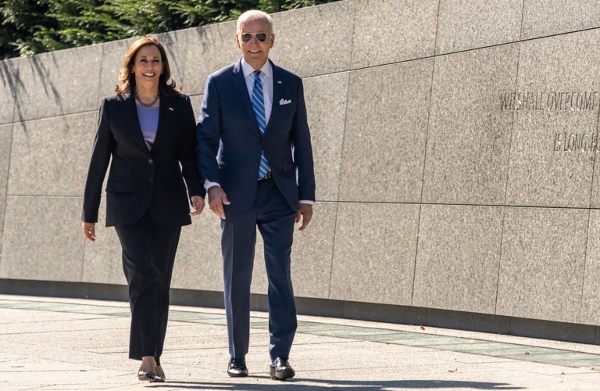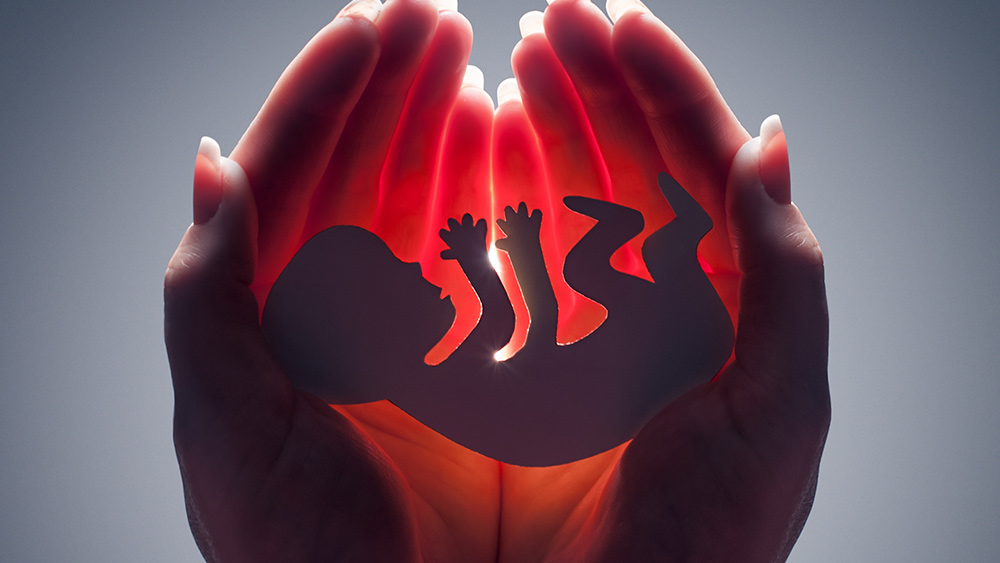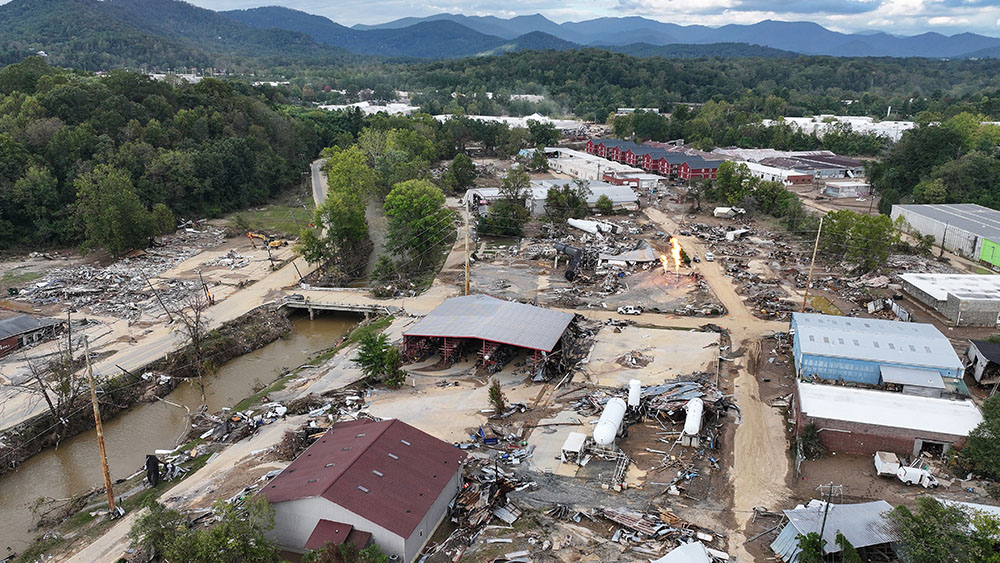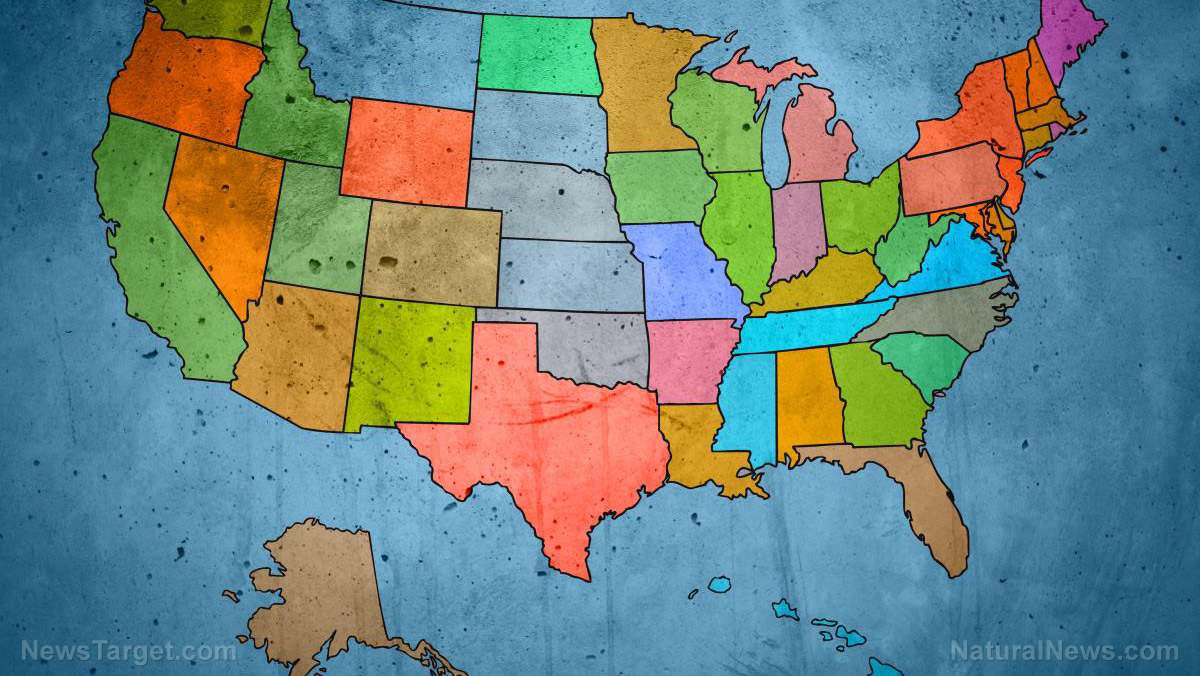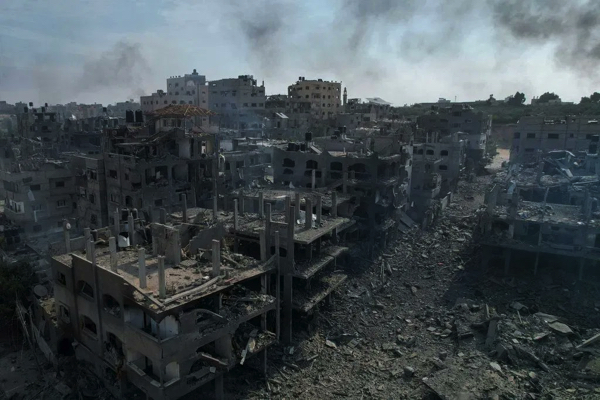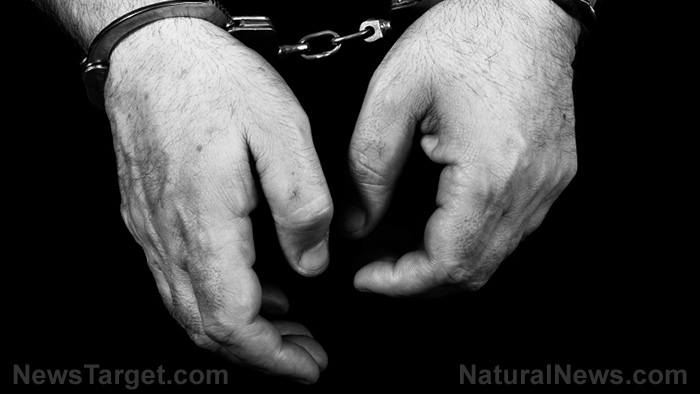Widespread cell phone service outages hamper hurricane recovery for North Carolina flood victims
10/08/2024 / By Cassie B.
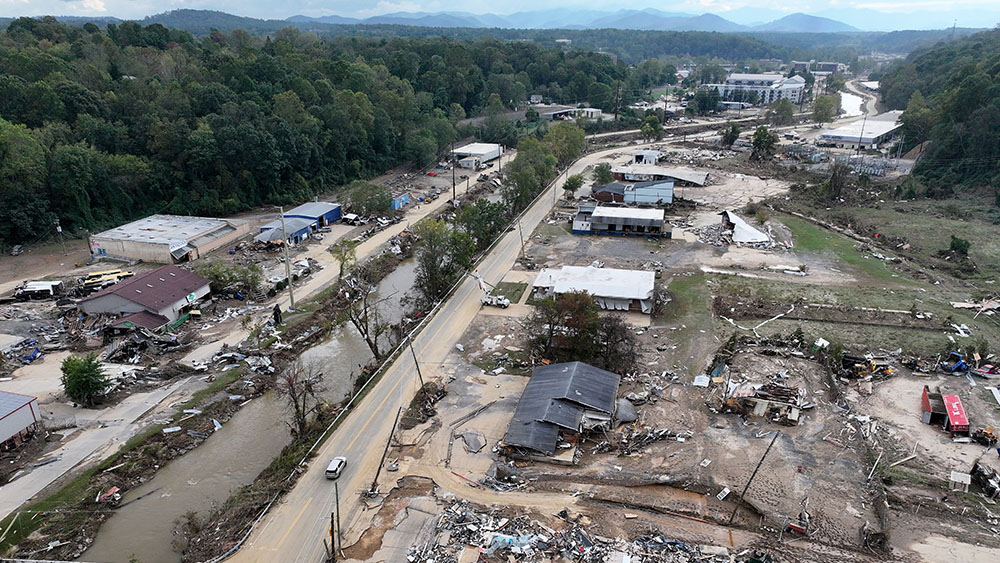
As North Carolina continues to grapple with severe flooding in the aftermath of Hurricane Helene, all of us are getting a stark reminder of how much we depend on communication networks for our daily lives and just how devastating it can be when they fail.
The town of Swannanoa has been particularly hard hit with flooding, and the cell service there is spotty at best and nonexistent in many areas. This has made relief and recovery efforts extremely complicated in a number of ways.
Perhaps the most worrying issue is the inability of officials to reach the family members of people who have died in the flooding. This is not only causing anxiety among those awaiting news on loved ones, especially considering that half of the deaths from the disaster have been recorded in North Carolina, but it is also delaying the identification of dead bodies. Those who are stranded and in need of assistance are also unable to call for help.
It is also making it extremely difficult to coordinate rescue efforts. Some residents have said that multiple aid groups are coming to the same house, one after the other, because they are not able to communicate with one another to determine which homes have received help already and which have not.
Activities that used to be simple and straightforward have suddenly become a lot more complicated, with people unable to pay their bills or arrange to meet up with loved ones to help with cleanup or evacuation.
According to the Federal Communications Commission, more than one fifth of all cell sites in the parts of North Carolina impacted by this storm were still down on Friday. This includes Buncombe County, which is where the hard-hit city of Asheville is located and home to 274,000 residents.
Last week, roughly 82 percent of Buncombe County cell towers were offline due to power outages and disruptions in communications between the cell towers and fiber optic lines despite the fact that just one cell tower sustained physical damage. Only half of the cell towers that were down were back online by Friday, and the FCC is investigating why some areas are taking longer to get their service back than others.
One of the problems is that many rural areas have fiber lines above the ground, which makes them more vulnerable to damage from storms then the types of buried lines normally seen in urban areas.
Complicating matters further are the closures of numerous major highways and roads, making it difficult for repair crews to access cell tower sites that are offline in western North Carolina.
Cell phone providers under fire for not doing enough
Although Verizon has been bringing some portable cell sites in to help, there are still countless people without cell or internet service, cut off from the rest of the world and in dire need of help.
In a statement, the mayor of Canton, North Carolina, Zeb Smathers, called out cell phone providers and accused them of not doing enough to keep first responders and affected families connected.
“I must also express my deep frustration and anger with the failures in cellular communication, particularly the inability to rely on services when we needed them most. From the very start of this crisis, our ability to communicate with basic emergency services was crippled, and there is no excuse for this,” he wrote.
Verizon says teams are working to repair fiber cables, refuel the generators that are powering some of their cell phone sites, and bring in alternative forms of connectivity, but in a situation where every second counts, it may be too little, too late for many people.
This situation underscores the need to have multiple backup plans and plenty of supplies in place for emergencies, whether it’s a natural disaster or a deliberate cyber attack.
Sources for this article include:
Submit a correction >>
Tagged Under:
cell outage, cell phones, chaos, Collapse, communications, Dangerous, Glitch, hurricane, mobile phone, natural disaster, panic, preparedness, SHTF, survival, utilities
This article may contain statements that reflect the opinion of the author

